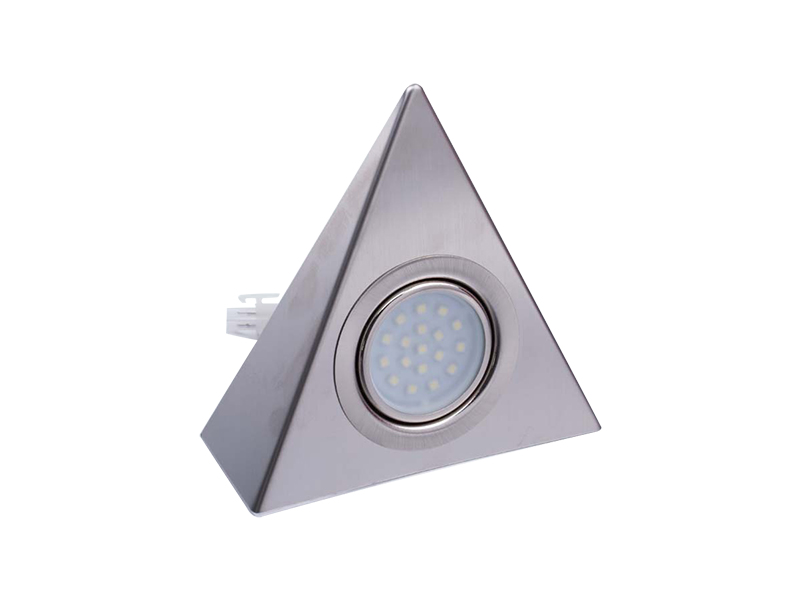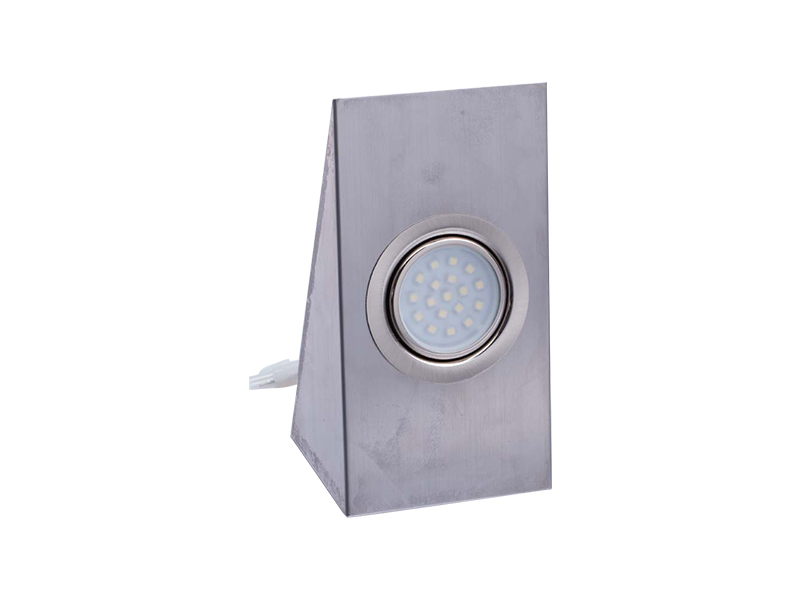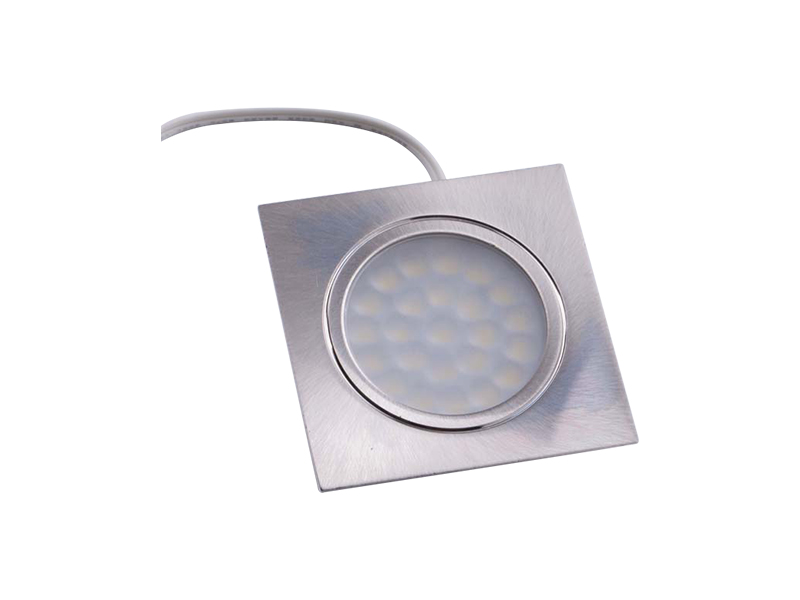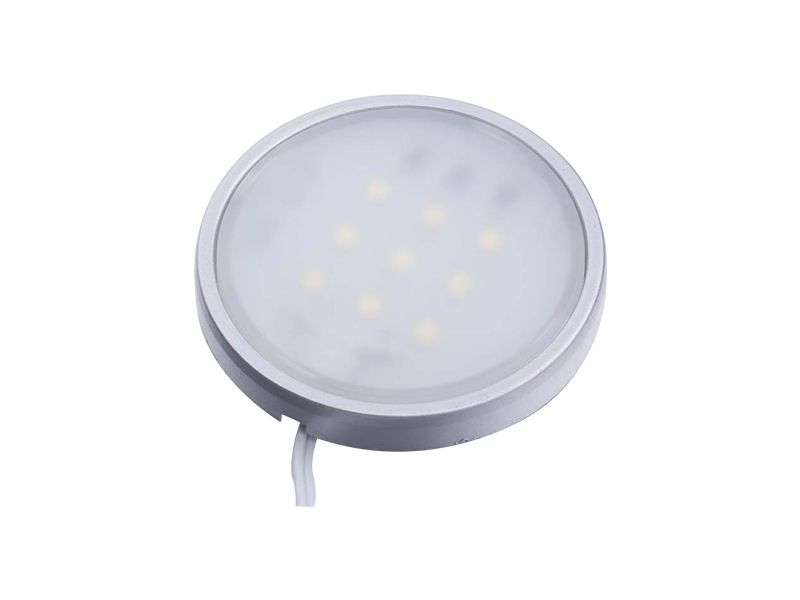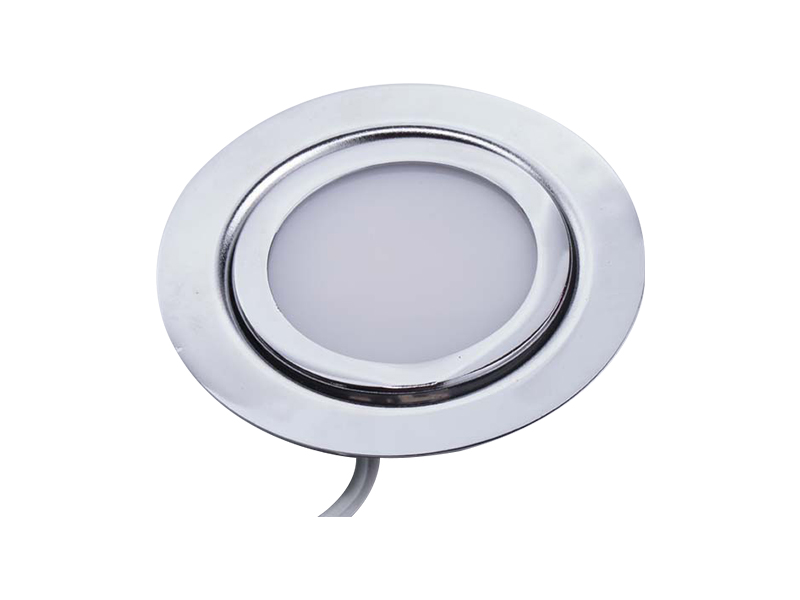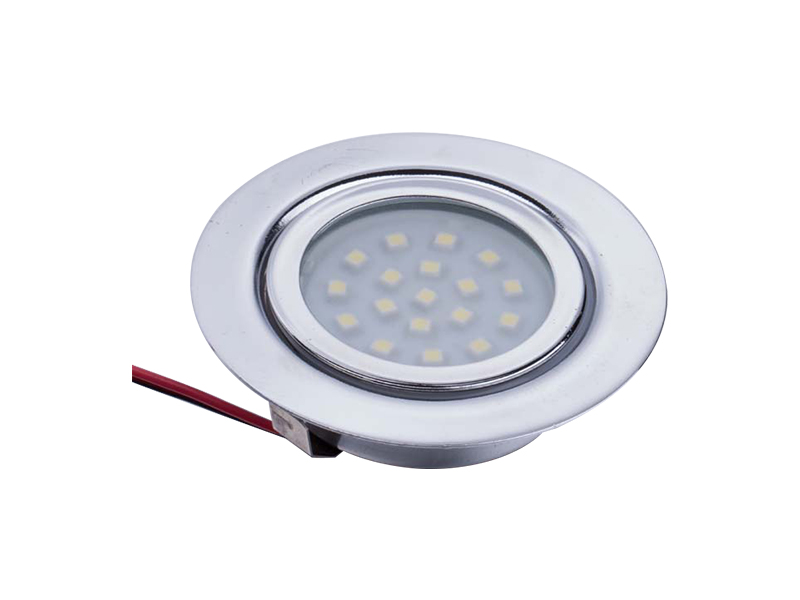-

E-mail:[email protected]
-

Telphone:+86-574-88073028
-

FAX:+86-574-88073029
QR code on
mobile phone
Welcome to Eastkey!
Welcome to Dongke!
The Development of Dimming Technology for LED Mirror Lights
LED mirror lights have evolved from single-mode dimming to multi-mode dimming. Early dimming methods relied primarily on mechanical switches or simple resistor adjustments, resulting in uneven brightness changes and limited user experience. With advances in electronic control technology, modern LED mirror lights generally adopt PWM (Pulse Width Modulation) or CCR (Constant Current Regulation) technology, achieving smooth brightness changes by adjusting the current or on/off time. This dimming method not only allows for dimming to be linked to color temperature, but also incorporates color temperature linkage, adjusting the color temperature of the light source to meet different scene requirements. For example, users can choose a neutral white light similar to natural light when applying makeup, and a warm light mode for relaxation or nighttime use. This linkage enhances the practicality of the light. Color-temperature-adjustable LED mirror lights typically achieve this by mixing LED chips with different color temperatures. Some products can continuously adjust the color temperature between 2700K and 6500K, meeting a variety of usage needs, from warm to cool white.
The Impact of Color Rendering Index on Visual Experience
The Color Rendering Index (CRI) is an important indicator that measures a light source's ability to reproduce the true colors of objects. It is particularly critical for LED mirror lights. Since mirror lights are often used for makeup, grooming, and delicate skincare, the CRI directly impacts the user experience. Modern LED mirror lights typically feature a CRI above 80, with some high-end products even exceeding 90. This allows skin tones and makeup colors to appear more natural under the lighting. This improved CRI allows users to more accurately judge colors during daily skincare and makeup application, reducing visual errors caused by lighting deviations.
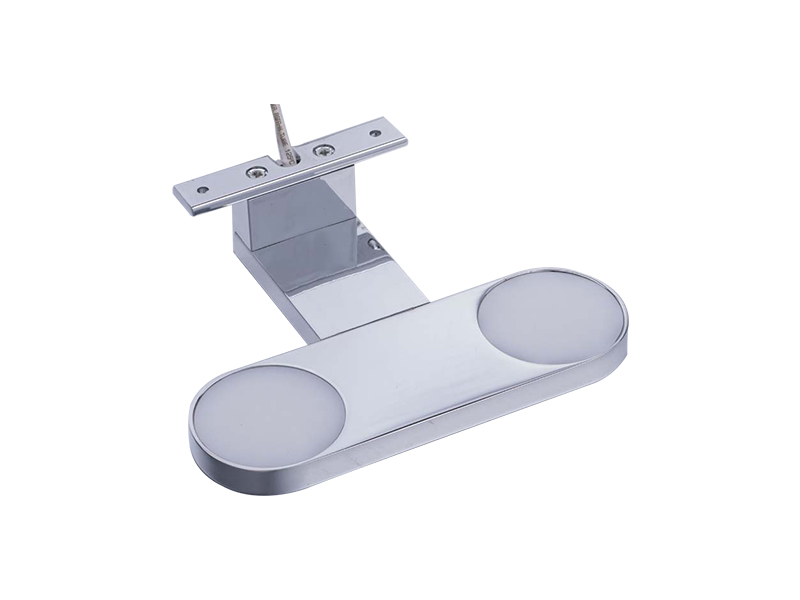
Combining Dimming with Energy Saving
LED mirror lights offer dimming while also addressing energy conservation. Dimming not only reduces power consumption but also reduces heat buildup in the LED chip at low brightness, extending its lifespan. Furthermore, some models incorporate light-sensing or occupancy-sensing technology, automatically adjusting brightness based on ambient light or frequency of use, achieving intelligent energy conservation. Energy-saving dimming design not only reduces power consumption but also lowers the lamp's long-term maintenance costs.
Diversified Dimming Control Methods
LED mirror lights are increasingly adopting diverse dimming control methods to meet the needs of different users. Traditional mechanical switch dimming is being replaced by touch-sensitive dimming and remote control dimming. Some products are also introducing mobile app and voice control, allowing users to remotely adjust the lamps through smart home systems. Touch-sensitive dimming improves operational convenience, while intelligent control allows lamps to work collaboratively with other home appliances, providing a more comfortable user experience. This innovative control method is not only reflected in convenience but also in functional integration, making mirror lights an integral part of the overall home lighting system.
Comparison of Different Dimming Methods
Different dimming methods have their own unique characteristics in terms of performance and applicable scenarios. For example, PWM dimming achieves smooth brightness changes and is suitable for applications requiring high-precision control; CCR dimming offers higher stability and reduces light source flicker; and smart dimming offers more scenario-specific lighting options through multi-device interconnection, making it suitable for high-end home environments. Consumers can weigh the pros and cons of different dimming methods based on their needs and budget.
Color Rendering Index and Applications in Different Scenarios
Color rendering index (CRI) has different impacts on different usage scenarios. For daily grooming, a high CRI light source helps more accurately visualize skin tones and makeup effects. For nighttime relaxation or mood lighting, the CRI requirement can be lowered, with warmer light temperatures creating a comfortable atmosphere. Some LED mirror lights also offer preset scene modes, allowing users to quickly switch to the appropriate brightness and color combination to suit different usage needs.
Technical Parameters Guide Product Selection
Understanding the dimming methods and color rendering parameters of LED mirror lights can help consumers choose the right product. When purchasing, consider parameters such as dimming range, dimming method, color temperature adjustment range, and CRI, and make a selection based on the installation space and intended use. For makeup applications or delicate work environments, it is recommended to choose a product with a CRI of 90 or above and multi-stage dimming for optimal light quality.
Comparison of the Characteristics of Different Dimming Methods
| Dimming Method | Technical Principle | Advantages | Disadvantages | Applicable Scenarios |
|---|---|---|---|---|
| PWM Dimming | Adjusting pulse width duty cycle | Smooth brightness change, good energy efficiency | May cause slight flicker | High-precision brightness control, such as makeup lighting |
| CCR Dimming | Adjusting current level | High stability, longer light source lifespan | Limited dimming range | Daily lighting, basic mirror front lighting |
| Smart Dimming | Adjusting power via control system | Multiple control options, high functional integration | Higher cost, requires supporting devices | High-end homes, scenarios requiring smart control |
LED Mirror Light CRI and Application Recommendations
| CRI Value | Light Restoration Effect | Applicable Scenarios |
|---|---|---|
| 70-80 | Basic color rendering | Simple daily lighting |
| 80-90 | Better color rendering | Daily grooming and care |
| 90+ | Highly close to natural light | Detailed makeup, professional care |
Future Trends in Dimming and Color Rendering Technology
Future LED mirror light dimming and color rendering technology will develop towards greater intelligence and personalization. By incorporating AI algorithms, lamps can automatically adjust lighting parameters based on user habits and surroundings, achieving personalized lighting. Furthermore, color rendering technology will be further optimized, employing full-spectrum LEDs to mimic natural light, meeting the needs of users with high color reproduction requirements. Furthermore, the widespread adoption of smart home systems will drive the integration of LED mirror lights with other home appliances, providing users with integrated lighting solutions.
top
E-mail:[email protected]
Telphone:+86-574-88073028
FAX:+86-574-88073029
